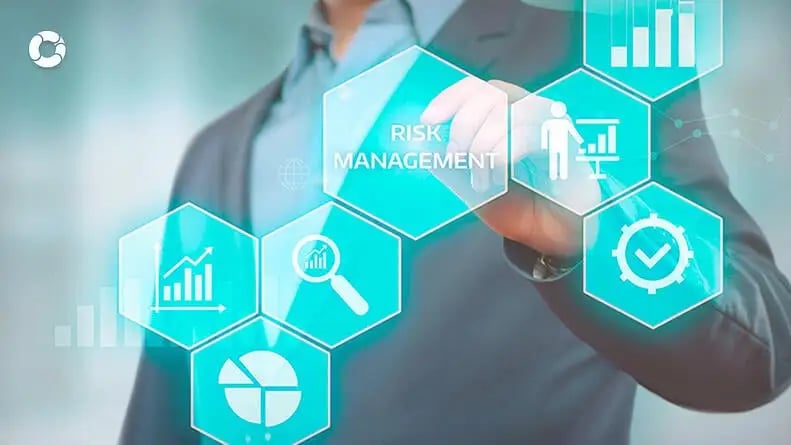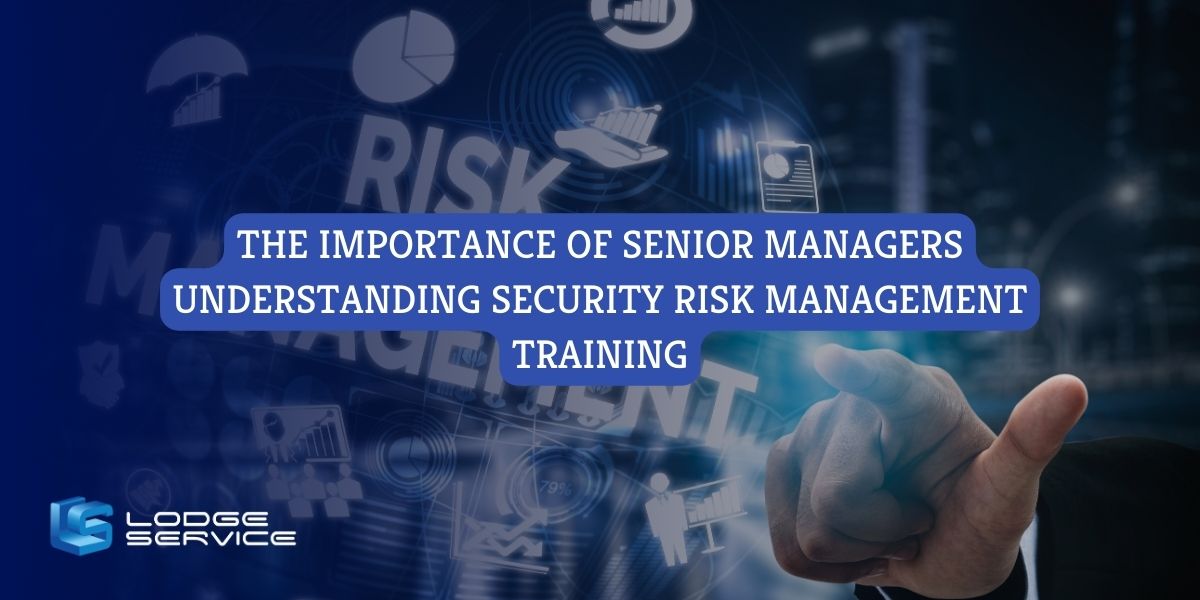Understanding the Value of Risk Management in Current Business Practices
Understanding the Value of Risk Management in Current Business Practices
Blog Article
The Relevance of Recognizing the Significance of Risk Management in Different Industries

The Core Idea of Risk Management and Its Function
Risk Management, the cornerstone of several industries, rests on the identification, evaluation, and mitigation of unpredictabilities in a company setting. It is an essential technique that allows companies to secure their possessions, track record, and general survival. By properly recognizing possible threats, organizations can create techniques to either protect against these dangers from happening or reduce their effect. The assessment process involves analyzing the possibility and potential intensity of these dangers. As soon as threats have actually been identified and assessed, the reduction procedure involves developing methods to decrease their prospective effect. This process is cyclical and ongoing, guaranteeing that businesses are planned for the ever-changing nature of Risk in different markets. The key objective, thus, is to promote durability in the middle of uncertainties.
Advantages of Carrying Out Risk Management in Business Procedures

Unveiling the Duty of Risk Management in Different Industries
While every sector confronts its one-of-a-kind set of threats, the application of Risk Management methods stays a common in their pursuit of sustainability and development. In the healthcare field, Risk Management requires making sure client safety and security and data security, while in finance, it involves mitigating investment threats and guaranteeing governing compliance (importance of risk management). Building companies concentrate on employee security, task hold-ups, and budget overruns. In the technology market, companies mitigate cybersecurity hazards and technology obsolescence. Eventually, the duty of Risk Management across sectors is to identify, examine, and reduce dangers. It is an important part of strategic planning, making it possible for organizations to shield their possessions, make best use of chances, and attain their goals.
Real-life Study Showing Effective Risk Management
To comprehend the value of Risk Management in these several markets, one can aim to numerous real-life circumstances that highlight the effective application of these procedures. In the power field, British Oil developed Risk reduction prepares post the 2010 Gulf of Mexico oil spill. They executed better safety and security treatments and more stringent policies which dramatically lowered further crashes. Similarly, in money, Goldman Sachs efficiently navigated the 2008 financial situation by determining possible mortgage-backed safety and securities risks early. Last but not least, Toyota, publish the 2011 earthquake in Japan, modified its supply chain Management to lessen disruption threats. These cases show just how sectors, picking up from dilemmas, effectively used Risk Management strategies to minimize future you can check here threats.
Future Patterns and Growths in Risk Management Techniques
As the world remains to evolve, so also do the patterns and developments in Risk Management approaches. Rapid innovations in modern technology and information analytics are improving the Risk landscape. Big information and AI are currently instrumental in forecasting and mitigating risks. Organizations go now are leveraging these devices to construct predictive versions and make data-driven decisions. Cybersecurity, when a peripheral worry, has actually catapulted to the leading edge of Risk Management, with strategies concentrating on discovery, response, and prevention. The assimilation of ESG (Environmental, Social, Governance) aspects right into Risk Management is another growing trend, mirroring the increasing recognition of the duty that social and environmental risks play in organization sustainability. Thus, the future of Risk Management hinges on the blend of sophisticated technology, innovative strategies, and an alternative approach.
Conclusion
Finally, understanding the value of Risk Management throughout a spectrum of sectors is vital for their longevity and prosperity. Tailored strategies can aid reduce prospective threats, secure properties, and foster stakeholder trust. Furthermore, proactive decision-making aids in regulative conformity and optimizes resource use. Eventually, effective Risk Management contributes to extra sustainable and resistant organizations, highlighting the value of this technique in today's very affordable and vibrant company setting.
While every industry challenges its one-of-a-kind collection of threats, the application of Recommended Reading Risk Management techniques remains a common in their search of sustainability and development. In the medical care field, Risk Management requires making certain person safety and security and information security, while in finance, it entails mitigating financial investment threats and making certain governing conformity. Eventually, the function of Risk Management throughout markets is to identify, evaluate, and reduce dangers. These situations demonstrate how sectors, learning from crises, successfully used Risk Management strategies to decrease future dangers.

Report this page